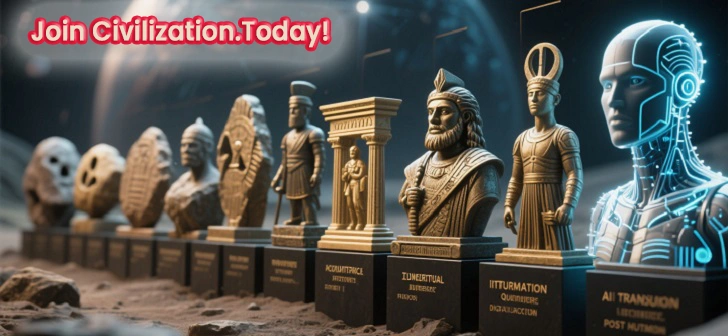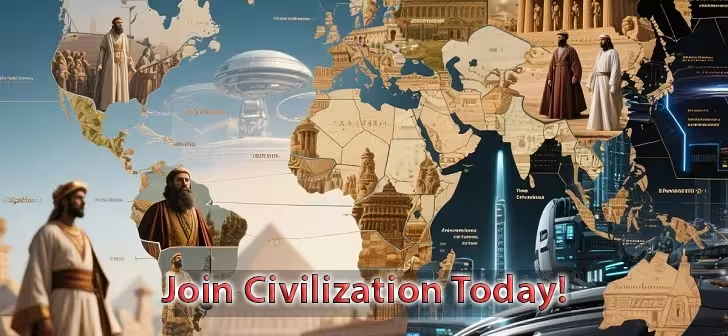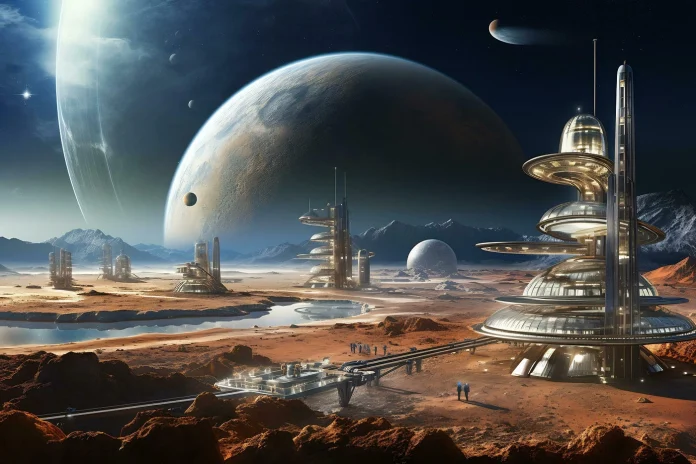Humanity has always gazed at the stars, wondering what lies beyond. From ancient stargazers mapping constellations to modern rocket scientists plotting interplanetary voyages, our fascination with space has only deepened. But today, a new chapter is unfolding—Space Colonization. No longer the stuff of science fiction, establishing civilizations beyond Earth is becoming an achievable reality. With governments, private companies, and even ambitious entrepreneurs leading the charge, the dream of space nations is within reach.
Why Space Colonization Is No Longer a Fantasy
For decades, space exploration was limited to brief missions and robotic probes. But the landscape is changing rapidly thanks to advancements in reusable rockets, life-support systems, and space-based resource extraction. Companies like SpaceX, Blue Origin, and Rocket Lab are pioneering technologies that make Space Colonization economically viable.
The reasons are compelling:
- Survival of Humanity. Earth faces threats from climate change, pandemics, asteroid impacts, and more. Colonizing other planets offers a “backup” for human civilization.
- Technological Expansion. New worlds demand new technologies, from sustainable agriculture on Mars to closed-loop recycling systems for space habitats.
- Economic Opportunities. Asteroid mining could yield trillions in rare metals, and space tourism is already a budding industry.
In short, Space Colonization is more than exploration—it’s the next evolutionary step for our species.
The Birth of Space Nations
Just as ancient civilizations emerged along fertile rivers, future civilizations may rise on lunar plains, Martian valleys, or the floating cities of Venus’s atmosphere. These space nations will have their own cultures, economies, and even governance systems.
Some visions already exist:
- The Lunar Republic. Permanent Moon bases focused on mining helium-3, a potential fuel for fusion energy.
- The Martian Commonwealth. A self-sustaining colony on Mars, complete with greenhouses, manufacturing hubs, and AI-driven governance.
- Asteroid Belt Federations. Mining settlements extracting precious metals and water ice for trade with Earth and other colonies.
The creation of these nations will challenge our current understanding of borders, citizenship, and sovereignty. Who will own the Moon? Who will control Martian resources? International treaties like the Outer Space Treaty will need revision to address these questions.
Key Challenges in Space Colonization
While the vision is grand, Space Colonization faces formidable hurdles.
- Life Support & Sustainability. Colonies must generate air, water, and food locally. This means advanced closed-loop ecosystems, hydroponics, and possibly genetic engineering.
- Radiation Protection. Outside Earth’s magnetic field, cosmic rays pose severe health risks. Shielding solutions, underground habitats, or even bioengineering humans may be necessary.
- Psychological & Social Dynamics. Long-term isolation and confinement could lead to mental health issues. Designing healthy, socially engaging environments will be crucial.
- Transportation & Logistics. Reliable, low-cost transport between Earth and colonies is essential for trade, migration, and emergencies.
- Legal & Ethical Questions. Space colonization opens debates on planetary protection, exploitation of resources, and the rights of extraterrestrial environments.
Overcoming these challenges will require international cooperation, public-private partnerships, and bold innovation.
Economic Models for Space Nations
Every nation needs an economy, and Space Colonization offers unique opportunities:
- Resource Extraction
Mining asteroids for platinum-group metals, water, and rare earth elements. - Energy Production
Solar power satellites beaming energy back to Earth or fueling colonies. - Manufacturing in Microgravity
Producing advanced materials like ultra-pure fiber optics or protein crystals impossible to make on Earth. - Space Tourism & Hospitality
Luxury space hotels orbiting Earth or nestled on the Moon. - Interplanetary Trade
Selling goods, technologies, and services between colonies and Earth.
Early colonies may rely heavily on Earth’s support, but as technology advances, space nations could become self-sufficient, exporting products and services back to the home planet.
Cultural Shifts in a Space-Bound Humanity
Colonizing space won’t just change our technology—it will reshape our culture. Imagine children born on Mars, growing up under a salmon-colored sky, with sports, arts, and traditions adapted to low gravity. Imagine new languages evolving, blending Earth tongues with spacefaring jargon.
Over generations, these space-born humans may develop unique identities. The first “Martians” might see themselves not as Earthlings, but as citizens of a new world. This could lead to political independence, interplanetary diplomacy, and even rivalries between planetary nations.
The Role of AI and Robotics in Space Colonization
Artificial Intelligence will be the backbone of Space Colonization. From autonomous construction robots building habitats to AI medical systems caring for colonists, advanced technology will be essential. AI governance systems could help maintain law, order, and resource allocation in far-off settlements where communication with Earth is delayed by minutes or hours.
Robotics will also handle dangerous tasks, such as mining asteroids, repairing satellites, and exploring hazardous planetary environments before humans arrive.
The Road Ahead: From Earth to the Stars
We are living in the dawn of a spacefaring era. The next century could see the establishment of thriving colonies on the Moon, Mars, and beyond. By 2100, there might be millions of people living in space nations, with their own flags, laws, and cultural heritage.
The journey will not be easy. It will demand unprecedented levels of cooperation, creativity, and resilience. But if history has shown us anything, it’s that humanity thrives when faced with challenges—and Space Colonization is the greatest challenge of all.
Conclusion: Building the First Off-Earth Civilizations
The rise of space nations is not just about rockets and science—it’s about survival, growth, and human destiny. As Earth grapples with its own challenges, the expansion into space offers hope for a new chapter in our story. The children of tomorrow may look back at this era as the moment we took our first steps into a much larger universe.
From the Moon’s silver plains to the dusty canyons of Mars, the seeds of new civilizations are waiting to be planted. The age of Space Colonization has begun—and the future belongs to those bold enough to build it.




